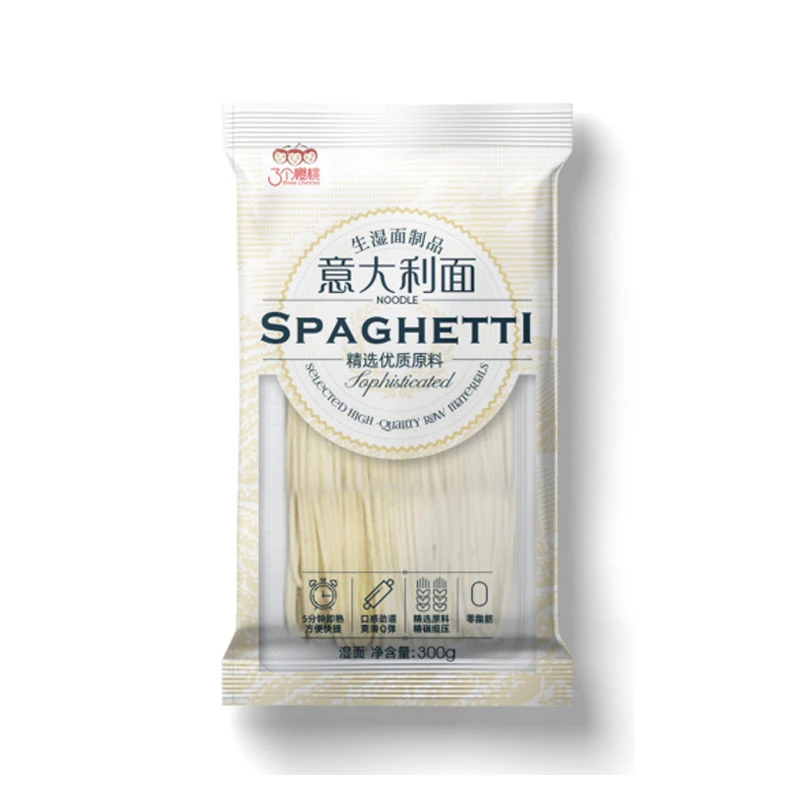difference between udon and soba
The Difference Between Udon and Soba A Culinary Exploration
Japanese cuisine is renowned for its diversity and depth, with noodles being one of its most beloved staples. Among the plethora of noodle varieties, two of the most popular are udon and soba. While both types of noodles hold a significant place in Japanese culinary culture, they differ in ingredients, texture, flavor, and traditional preparation methods. Understanding these differences can enhance one’s appreciation for Japanese food and its intricate flavors.
Ingredients and Composition
Udon noodles are thick, typically made from wheat flour, water, and salt. The dough is kneaded and rolled out to create a chewy, hearty noodle that offers a satisfying bite. The primary ingredient, wheat, gives udon its neutral flavor, making it an excellent base for various toppings and broths. Udon is often found in comforting dishes like udon soup, which usually features a savory broth enriched with soy sauce or dashi.
In contrast, soba noodles are made from buckwheat flour, which is sometimes mixed with wheat to improve the texture and elasticity. Buckwheat is a gluten-free grain, which contributes to soba’s unique earthy and nutty flavor profile. The use of buckwheat makes soba a popular choice for those seeking a healthier, low-calorie option. Soba can be served hot or cold, often accompanied by a dipping sauce, making it versatile for different seasons and occasions.
Texture and Flavor
The texture of udon noodles is thick and chewy, providing a substantial mouthfeel. Their ability to absorb flavors allows them to enhance the dishes they are served with. The mild taste of udon pairs well with rich, comforting soups or stir-fried dishes, where it can easily soak up sauces.
difference between udon and soba

Soba, on the other hand, has a more delicate texture. The noodles are thin and slightly grainy, providing a different mouthfeel. The buckwheat flour gives soba a distinctive flavor that can stand alone or complement lighter dishes. Cold soba is particularly popular during the summer months, served with refreshing dipping sauces like tsuyu, which is made from soy sauce, mirin, and dashi.
Culinary Uses and Serving Styles
Udon is traditionally served in a hot broth, often accompanied by toppings such as green onions, tempura, or sliced meat. Udon dishes can be found in various regional styles, with variations in broth and toppings across Japan. For example, Nabeyaki Udon is a popular winter dish, served in a clay pot with seafood, vegetables, and a raw egg.
Soba’s culinary applications are equally diverse. Cold soba, or zaru soba, is a popular summer dish where the noodles are served chilled with a dipping sauce. It is often garnished with wasabi and sliced green onions, allowing diners to customize their flavor. Hot soba, typically served in a broth with various toppings, is enjoyed during colder months for its warming properties.
Conclusion
In summary, udon and soba are two distinctive yet complementary components of Japanese cuisine. Udon’s thick, chewy noodles made from wheat offer a hearty experience, while soba’s thin, buckwheat-based noodles provide a lighter, nutty alternative. Whether indulging in a warm bowl of udon during winter or enjoying a refreshing plate of cold soba in the summer, both noodles showcase the rich culinary tradition of Japan. By exploring these differences, one can gain a deeper understanding of the flavors and techniques that define this beloved cuisine.
-
Unlock the Delicious Potential of Yam NoodlesNewsAug.11,2025
-
The Authentic Taste of Lanzhou NoodlesNewsAug.11,2025
-
Savor the Art of Hand Pulled NoodlesNewsAug.11,2025
-
Indulge in the Timeless Delight of Spaghetti BologneseNewsAug.11,2025
-
Indulge in the Rich Flavor of Braised Beef NoodlesNewsAug.11,2025
-
Elevate Your Meals with the Magic of Fresh PastaNewsAug.11,2025
-
Unleash Your Inner Chef with Delectable Italian Pasta CreationsNewsAug.01,2025
Browse qua the following product new the we

















































































































